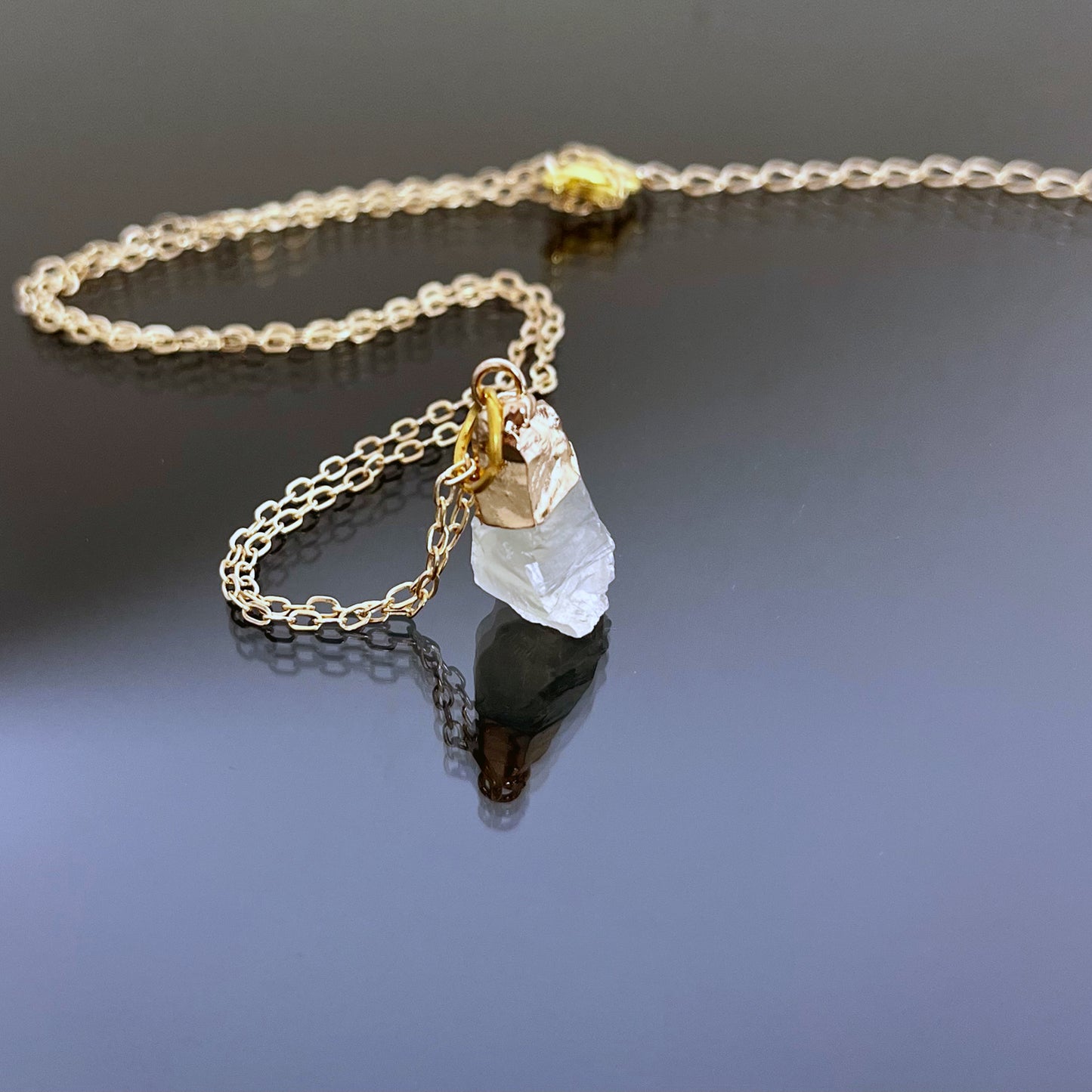Aquelia Design
Колие със суров Цитрин
Колие със суров Цитрин
Редовна цена
€56,00 EUR
Редовна цена
€63,00 EUR
Продажна цена
€56,00 EUR
Единична цена
/
по
С включени данъци.
Доставката се изчислява при плащане.
Наличността за получаване на място не можа да се зареди
Цитринът е разновидност на кварца, която е ценена заради своя топъл, жълт до златисто-кафяв цвят. Ето основните свойства и характеристики на цитрина:
Физически свойства:
- Химическа формула : SiO₂ (силициев диоксид)
- Цвят : Жълт до златист, кехлибарен, кафеникаво оранжев
- Кристална система : Шестоъгълна
- Твърдост : 7 по скалата на Моос
- Специфично тегло : 2,65
- Прозрачност : Прозрачно до полупрозрачно
- Блясък : стъкловиден (стъклен)
- Ивица : Бяла
Оптични свойства:
- Индекс на пречупване : 1.544 - 1.553
- Двойно пречупване : 0,009
- Плеохроизъм : Слаб (различни цветове, видими, когато се гледат от различни ъгли)
- Флуоресценция : Обикновено няма, въпреки че някои екземпляри могат да показват слабо жълто под UV светлина.
Лечебни и метафизични свойства:
- Енергия : Цитринът се свързва с положителна енергия и се смята, че носи силата на слънцето.
- Чакри : Свързан основно с чакрата на слънчевия сплит, но също така полезeн за сакралната и коронната чакра.
- Емоционално изцеление : Помага при преодоляване на депресия, страхове и фобии. Известен като "Камъкът на търговеца", привлича богатство, просперитет и успех.
- Физическо лечение : Използва се в практики за лечение с кристали за подпомагане на храносмилането, далака и панкреаса. Също така подобрява издръжливостта и енергията.
Употреби:
- Бижута : Популярни в пръстени, колиета, обеци и гривни поради привлекателния си цвят и относителната достъпност.
- Декоративен : Използва се в дърворезби и орнаменти.
- Индустриален : Като форма на кварц има приложения в различни индустрии, въпреки че други форми на кварц се използват по-често за промишлени цели.
Грижи:
- Почистване : Може да се почиства с топла сапунена вода. Избягвайте агресивни химикали и ултразвукови почистващи препарати.
- Устойчивост : Въпреки че цитринът е сравнително твърд, той все още може да бъде надраскан от по-твърди материали и може да се счупи или начупи, ако се удари силно.
Източници:
- Основни източници : Бразилия, Мадагаскар, Испания, САЩ и Русия са забележителни източници на цитрин.
Съвети за идентификация:
- Естествени срещу термично обработени : Много цитрини на пазара всъщност са термично обработени аметисти или опушен кварц, които са склонни да имат червеникав или оранжев оттенък в сравнение с по-жълтия оттенък на естествения цитрин.
- Тестване : Гемологичните тестове могат да разграничат естествения цитрин от топлинно обработените сортове.
Топлият и привлекателен външен вид на цитрина, заедно с неговата достъпност в сравнение с други скъпоценни камъни, го прави популярен избор както в бижутерията, така и в практиките за лечение на кристали.
Сподели


